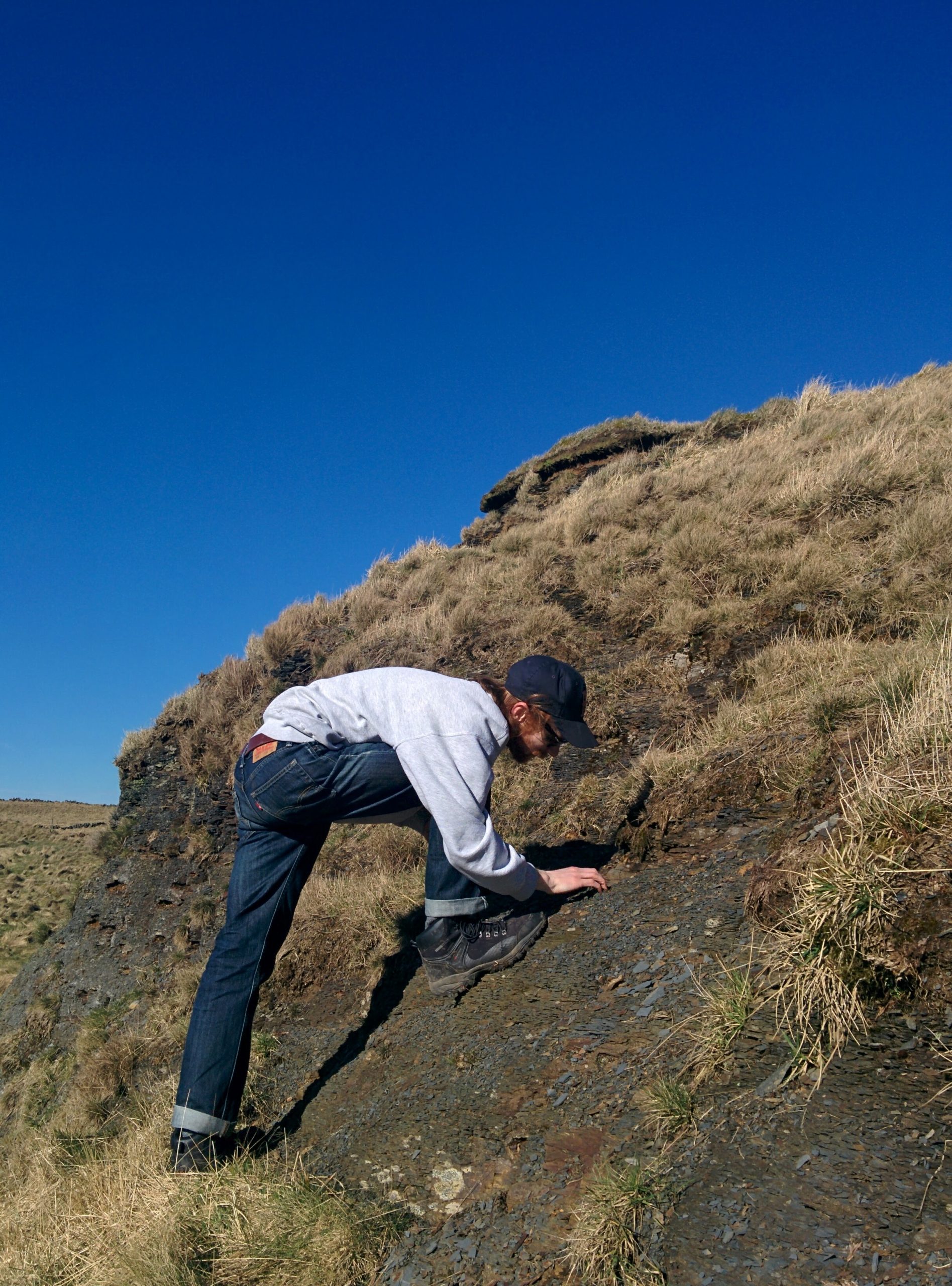 Abstract: The earliest evidence for grass dominated habitats in the Great Plains region appears in the fossil record around 25 million years ago. Since then, the region has experienced significant climatic, floral, and faunal changes. My research investigates how changes in the structure of North American grasslands affected the ecology of grasses in the region, with a particular focus on seed dispersal.
Abstract: The earliest evidence for grass dominated habitats in the Great Plains region appears in the fossil record around 25 million years ago. Since then, the region has experienced significant climatic, floral, and faunal changes. My research investigates how changes in the structure of North American grasslands affected the ecology of grasses in the region, with a particular focus on seed dispersal.
Modern grasses display a variety of dispersal strategies, exploiting both biotic and abiotic vectors to spread their seeds, and we have hypothesized that the initial expansion of grass dominated habitats in the Great Plains region precipitated changes in the dispersal ecology of its major grass constituents. I am testing this hypothesis using both living grasses and fossilized grass seeds. The morphology of the grass diaspore (seed dispersal structure) reflects how it is dispersed, and by studying the morphology of the diaspores of modern and fossil grasses, we can understand the dispersal ecology of grasses in North America’s earliest grasslands, how it has changed through time, and how it compares with today.
One aspect of this research focuses particularly on understanding how reliably our fossils preserve the dispersal structures of the grasses in those early grasslands. Fossil diaspores are preserved as 3D silicifications, and their preservation is believed to be dependent upon those structures being indurate, and well silicified in life. Many grasses possess bristle-like appendages called awns, which often play a critical role in seed dispersal. The fossils we use are found lacking awns, but it is unclear whether this reflects a preservation bias or whether the awns were shed prior to dispersal (as occurs in some of these grasses modern relatives). To address this question we are assessing the preservation potential of the different parts of the diaspore in a variety of modern grasses, by evaluating the relative silicon concentrations of each. To do this, we are growing a large number of grasses in the new Life Science Building greenhouse and using X-ray fluorescence spectrometry to quantify the level of silicon deposition in the awn relative to the main body of the diaspore.
Once the morphology of fossil diaspores is better understood, we can try to reconstruct how seeds were dispersed. To do this, we are constructing an eco-morphospace based upon measurable traits associated with particular methods of seed dispersal. By incorporating grasses into this space, their seed dispersal strategies can be compared in a quantitative manner. Importantly, the chosen metrics can all be directly measured or reasonably estimated from fossil grass diaspores. By incorporating fossils into this morphospace we will track how dispersal ecology changed through time, and how the grass communities of the past compare to those found in modern grasslands.
Report: [pending]
 Abstract: Marine sedimentary deposits along the Cascadia margin have long been a source for insight into historical events and processes including: seismic recurrence; floods, storms and other oceanographic processes; and geochemical exchanges in the Pacific Northwest. This history is accessed through sediment core collection and analysis (210Pb geochronology, grain size analysis, imaging, tracers). Prior studies have implemented these methods over segments of the Washington Margin, but gaps in core coverage preclude a comprehensive view of the margin. Recent core data collected from upper Astoria Canyon have proven that modern hydrodynamics are capable of flushing sediment to depths far greater than initially anticipated, but this study was not able to constrain the depth of the canyon depocenter. These dual factors have spurred new interest in a coring survey over this coverage gap with two goals:
Abstract: Marine sedimentary deposits along the Cascadia margin have long been a source for insight into historical events and processes including: seismic recurrence; floods, storms and other oceanographic processes; and geochemical exchanges in the Pacific Northwest. This history is accessed through sediment core collection and analysis (210Pb geochronology, grain size analysis, imaging, tracers). Prior studies have implemented these methods over segments of the Washington Margin, but gaps in core coverage preclude a comprehensive view of the margin. Recent core data collected from upper Astoria Canyon have proven that modern hydrodynamics are capable of flushing sediment to depths far greater than initially anticipated, but this study was not able to constrain the depth of the canyon depocenter. These dual factors have spurred new interest in a coring survey over this coverage gap with two goals: Abstract: The earliest evidence for grass dominated habitats in the Great Plains region appears in the fossil record around 25 million years ago. Since then, the region has experienced significant climatic, floral, and faunal changes. My research investigates how changes in the structure of North American grasslands affected the ecology of grasses in the region, with a particular focus on seed dispersal.
Abstract: The earliest evidence for grass dominated habitats in the Great Plains region appears in the fossil record around 25 million years ago. Since then, the region has experienced significant climatic, floral, and faunal changes. My research investigates how changes in the structure of North American grasslands affected the ecology of grasses in the region, with a particular focus on seed dispersal.